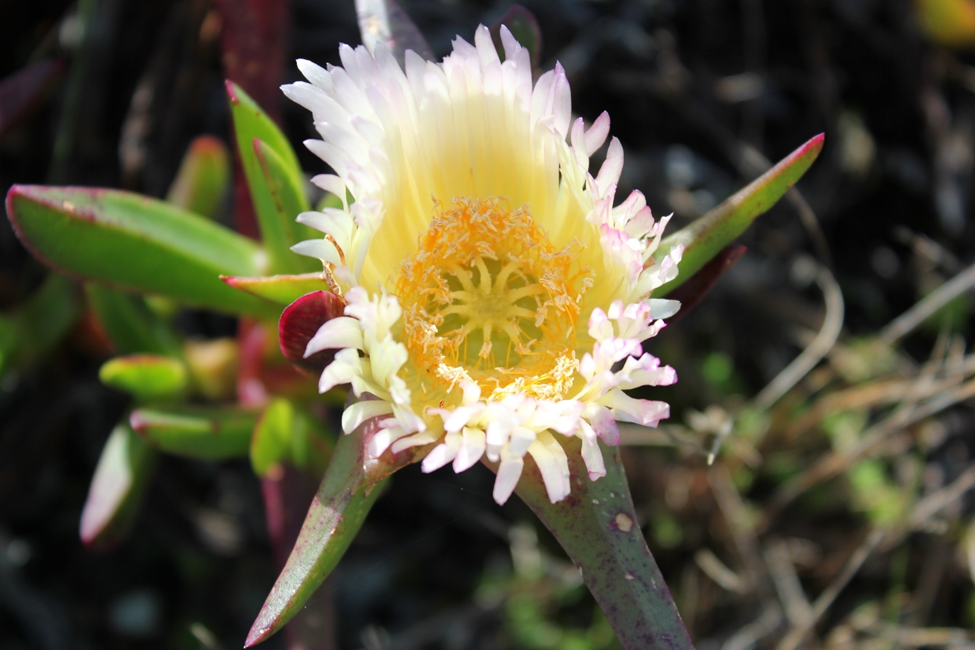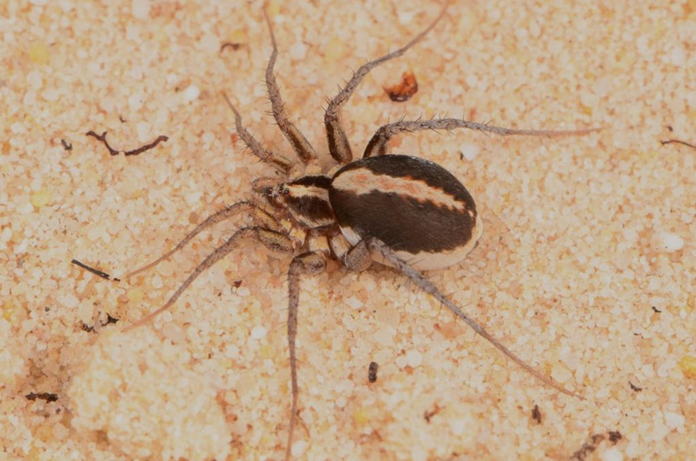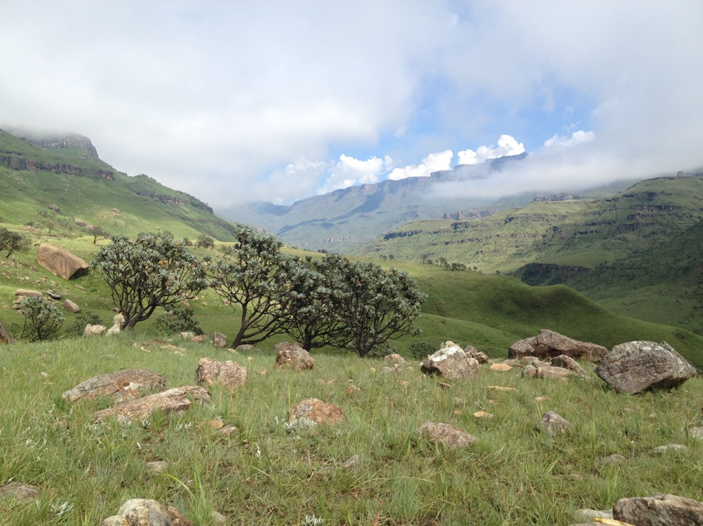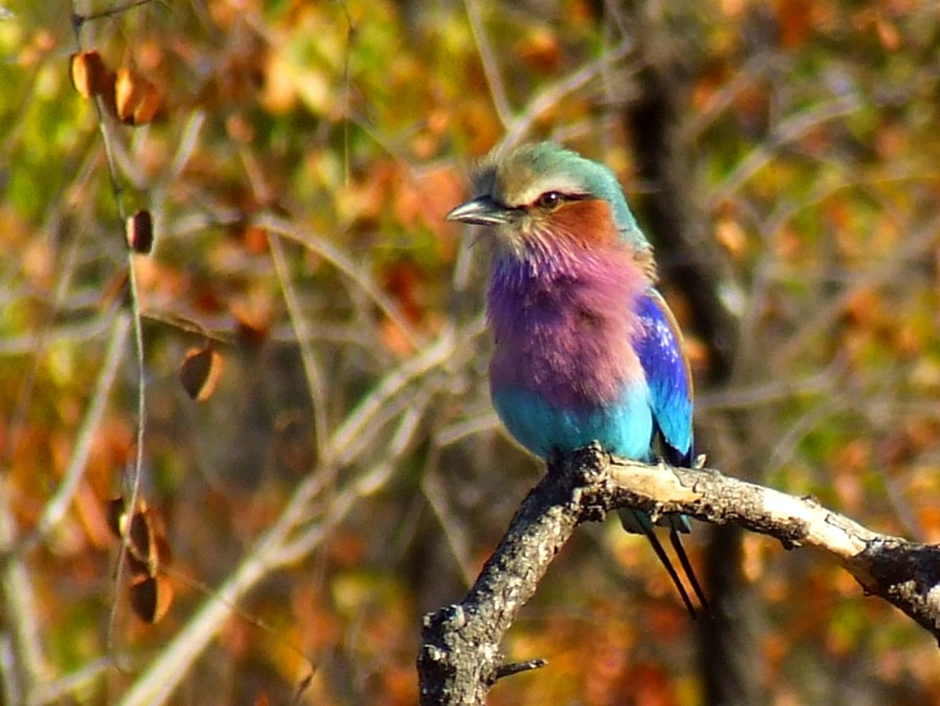Sour fig changes invertebrate diversity in the invasive range, C·I·B study shows
The invasive plant sour fig (Carpobrotus edulis: also known as Hottentot-fig, ice plant, highway ice plant, or pigface) can have a clear impact reducing the abundance of native invertebrates, with substantial effects on herbivores.




